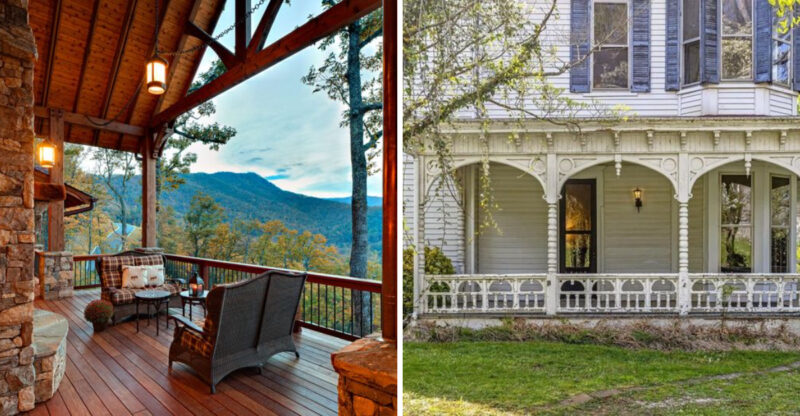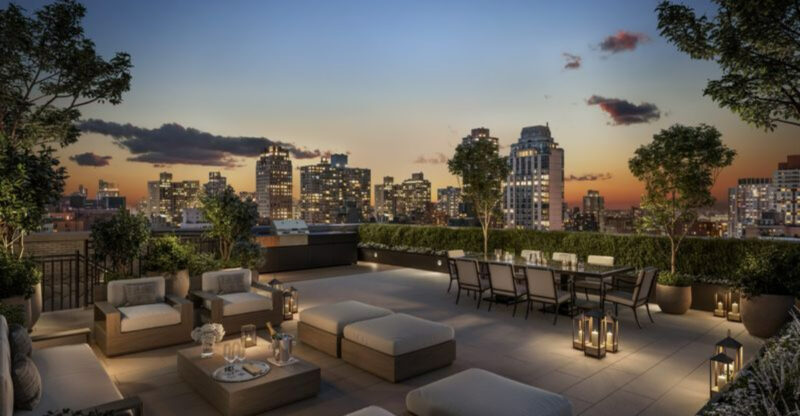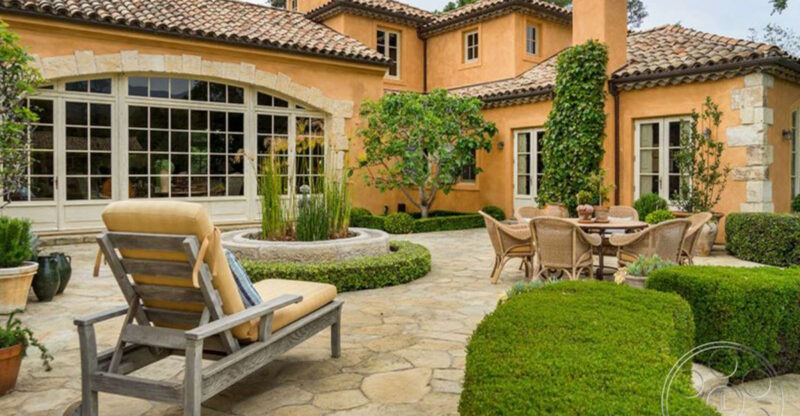Coastal Don’ts: 5 Florida Exterior Design Mistakes And 3 That Are Even More Regrettable

There’s a fine line between breezy coastal charm and a design disaster – and in Florida’s intense sun, salt air, and storm-prone climate, that line gets even thinner. A dreamy façade can quickly turn into an eyesore or a maintenance nightmare if the wrong choices are made.
From mismatched materials to style misfires, what looks good in a catalog may not hold up – or even belong – on the Florida coast. Knowing what not to do is just as important as getting it right, especially when a few missteps can undo your home’s appeal and resilience.
1. Overuse Of Bright Pastels

Walking down certain Florida streets feels like swimming through a sea of cotton candy. These vibrant hues might seem appropriately tropical, but too many bright pastels create visual chaos.
Balance is key with coastal colors. Consider limiting bold shades to accent pieces while keeping your home’s main exterior in neutral tones that complement – rather than compete with – the natural beauty of your surroundings.
2. Inappropriate Roofing Materials
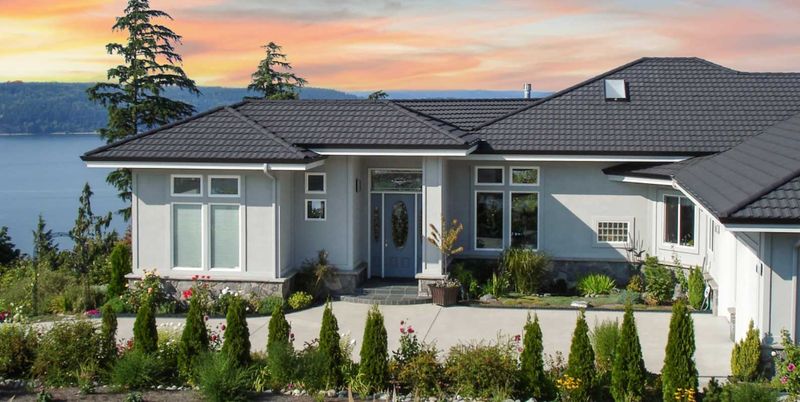
Clay tiles may look charming on Mediterranean-style homes, but they’re disaster magnets during hurricane season. Choosing inappropriate roofing materials ranks among the costliest mistakes Florida homeowners make.
Your roof needs to withstand intense sun, saltwater exposure, and powerful storms. Impact-resistant materials like metal or specially-rated shingles offer better protection for coastal properties while still maintaining aesthetic appeal.
3. Neglecting Storm-Resistant Features
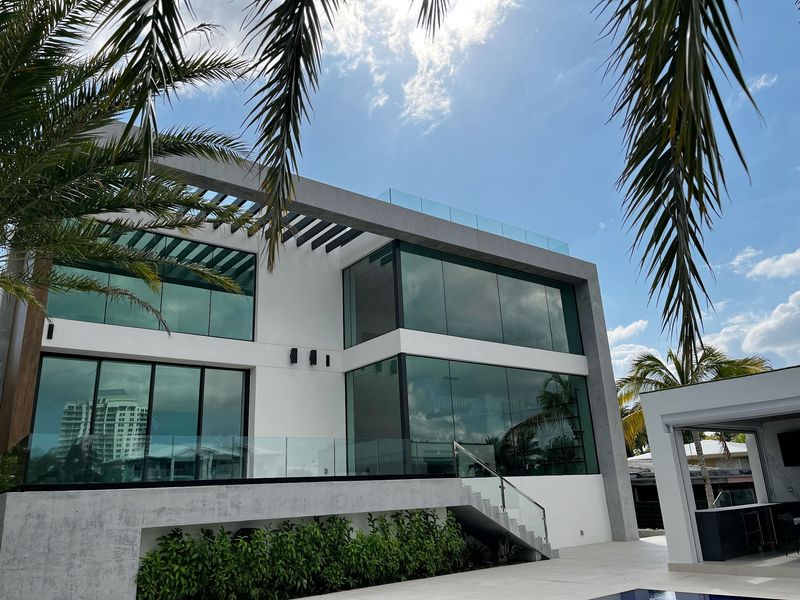
Gorgeous floor-to-ceiling windows offer stunning ocean views until the first major storm hits. Many homeowners prioritize aesthetics without considering Florida’s extreme weather realities.
Storm-resistant features aren’t just practical – they’re essential. Impact windows, hurricane shutters, and reinforced doors can be integrated beautifully into your design while providing crucial protection when those inevitable tropical systems come calling.
4. Mismatched Architectural Styles
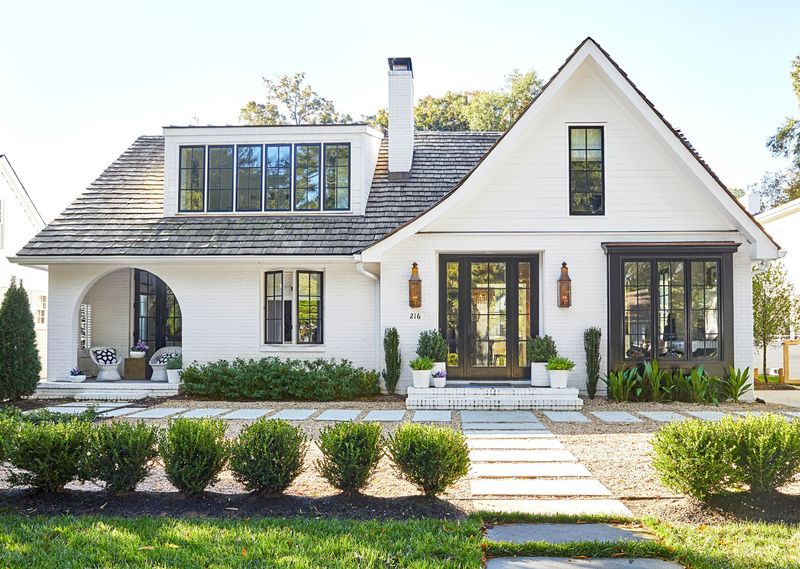
Fusion isn’t always fantastic. Combining Mediterranean arches with Key West shutters and Craftsman columns creates a visual identity crisis that confuses rather than impresses.
Architectural integrity matters in coastal design. Choose one primary style that suits your location and climate, then stick with it. Your home will look more sophisticated and intentional when its exterior elements speak the same design language.
5. Excessive Tropical Landscaping
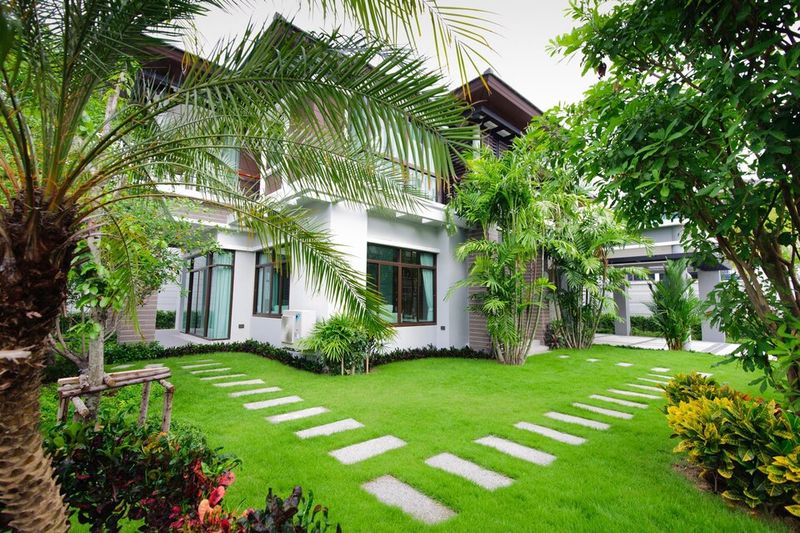
Transforming your yard into a mini jungle might seem appropriately Floridian, but maintenance nightmares await. Overzealous planting creates humid microclimates that attract pests and promote mold growth near your home’s foundation.
Strategic landscaping works better in coastal areas. Select salt-tolerant native species, space them properly, and create thoughtful focal points that enhance your home’s architecture without overwhelming it or creating maintenance headaches.
6. Ignoring Salt-Air Corrosion Risks

Those gorgeous wrought iron railings might look elegant now, but wait six months. Salt air is relentlessly corrosive, turning beautiful metal fixtures into rusty eyesores with alarming speed.
Coastal homes demand materials that can withstand maritime conditions. Opt for marine-grade stainless steel, aluminum, or specialized composite materials for exterior hardware, railings and fixtures. The initial investment pays off by avoiding constant replacement and maintenance.
7. Installing Non-UV-Resistant Materials

Florida sunshine feels wonderful on vacation but wreaks havoc on exteriors. Regular paint, standard wood decking, and basic outdoor fabrics quickly fade, crack, and deteriorate under the state’s intense ultraviolet assault.
UV-resistant materials are non-negotiable for Florida exteriors. Specialized paints, composite decking, and performance fabrics might cost more initially but maintain their appearance and structural integrity far longer under the Sunshine State’s relentless rays.
8. Choosing Trendy Over Timeless Color Schemes
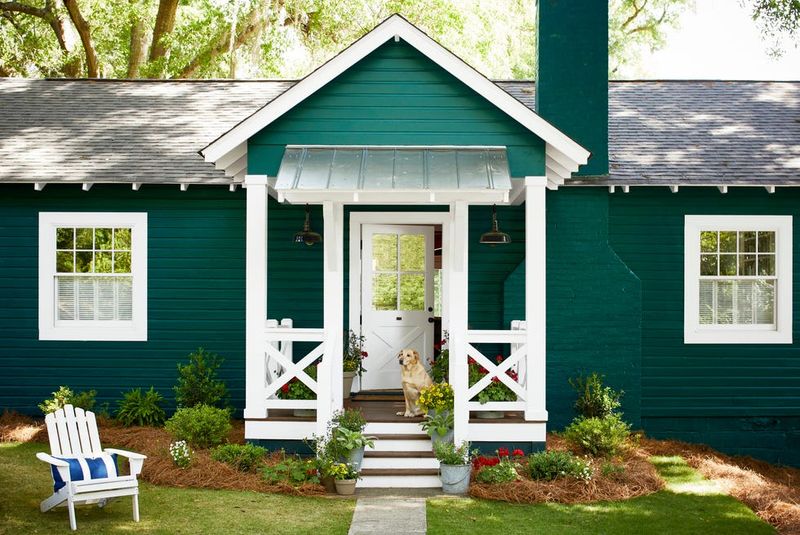
Last year’s hot coral exterior seemed brilliant until this year’s trends arrived. Trendy color schemes age poorly, especially in a state where fading happens quickly due to intense sunshine.
Timeless coastal palettes have staying power for good reason. Soft blues, sandy neutrals, and crisp whites complement Florida’s natural environment and maintain their appeal regardless of shifting design fads, saving you from frequent repainting and dating your home.


